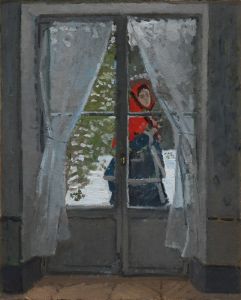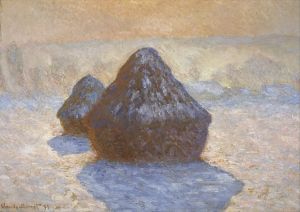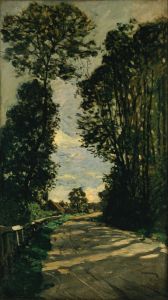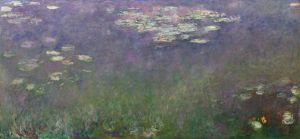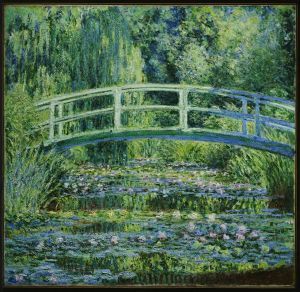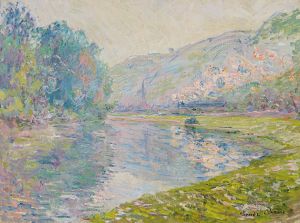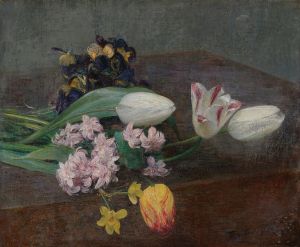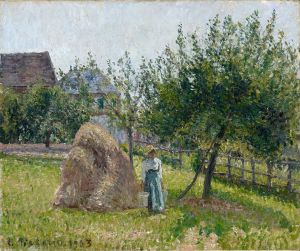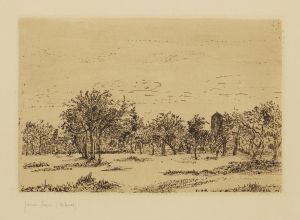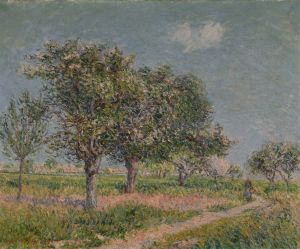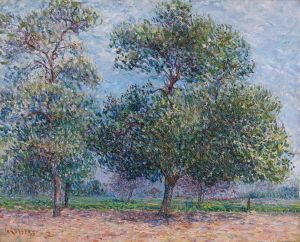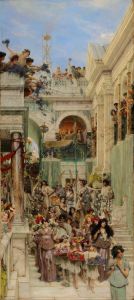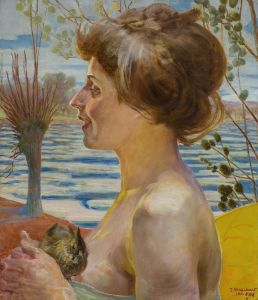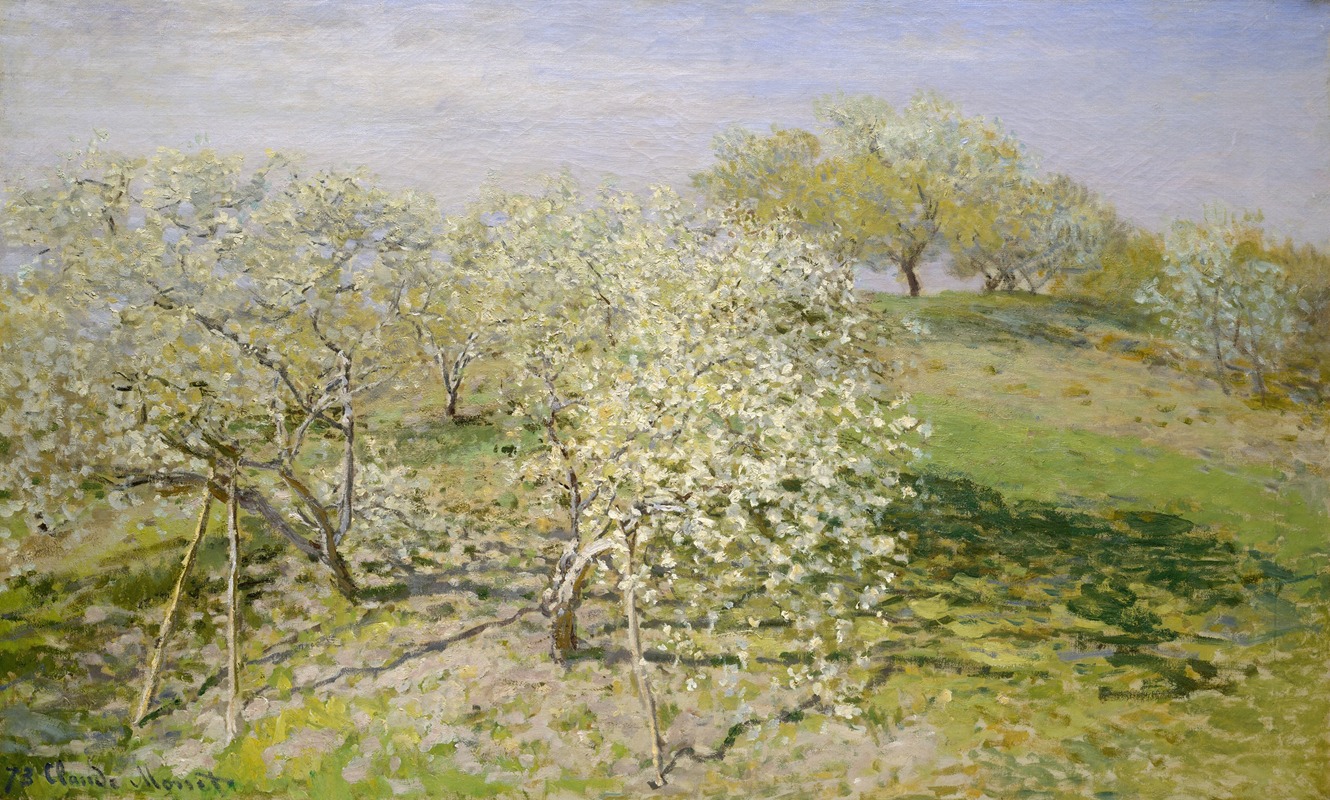
Spring
A hand-painted replica of Claude Monet’s masterpiece Spring, meticulously crafted by professional artists to capture the true essence of the original. Each piece is created with museum-quality canvas and rare mineral pigments, carefully painted by experienced artists with delicate brushstrokes and rich, layered colors to perfectly recreate the texture of the original artwork. Unlike machine-printed reproductions, this hand-painted version brings the painting to life, infused with the artist’s emotions and skill in every stroke. Whether for personal collection or home decoration, it instantly elevates the artistic atmosphere of any space.
Claude Monet, a founding figure of the Impressionist movement, is renowned for his ability to capture the transient effects of light and atmosphere in his paintings. One of his works titled "Spring" exemplifies his mastery in portraying the nuances of nature. Although Monet created numerous paintings that depict the theme of spring, each work uniquely reflects his innovative approach to capturing the essence of the season.
Monet's fascination with the changing seasons is evident in his extensive body of work. He often painted en plein air, or outdoors, to accurately capture the natural light and its effects on the landscape. This approach allowed him to observe and depict the subtle shifts in color and light that occur during different times of the day and year. "Spring" is a testament to this practice, showcasing Monet's dedication to portraying the vibrancy and renewal associated with the season.
In "Spring," Monet employs a palette of soft, pastel colors to convey the freshness and vitality of the season. The painting is characterized by loose, expressive brushstrokes, a hallmark of the Impressionist style. This technique allows Monet to create a sense of movement and spontaneity, as if the viewer is witnessing the scene firsthand. The composition is often filled with blooming flowers, lush greenery, and dappled sunlight, all of which contribute to the overall sense of harmony and tranquility.
Monet's ability to capture the ephemeral beauty of spring is further enhanced by his keen observation of light. He was particularly interested in how light interacts with the natural environment, creating a dynamic interplay of shadows and highlights. In "Spring," this is evident in the way sunlight filters through the foliage, casting delicate patterns on the ground and illuminating the vibrant colors of the flowers.
The subject matter of "Spring" often includes gardens, fields, or riverbanks, reflecting Monet's deep appreciation for nature. His own garden at Giverny, which he meticulously designed and cultivated, served as a significant source of inspiration for many of his works. The garden provided Monet with a living canvas, where he could study the effects of light and color throughout the seasons. Although it is not always clear if a specific painting titled "Spring" directly depicts his garden, the influence of Giverny is evident in the lush, verdant scenes he created.
Monet's "Spring" paintings are celebrated for their ability to evoke the sensory experience of the season. Through his innovative use of color, light, and brushwork, Monet invites viewers to immerse themselves in the beauty and vitality of spring. His work continues to inspire and captivate audiences, offering a glimpse into the artist's profound connection with the natural world.
In summary, Claude Monet's "Spring" paintings are a quintessential representation of the Impressionist movement's focus on capturing the fleeting moments of nature. Through his masterful use of color and light, Monet conveys the essence of spring, inviting viewers to experience the season's beauty and renewal. His work remains a testament to the enduring power of art to capture the ephemeral and transform it into something timeless.





